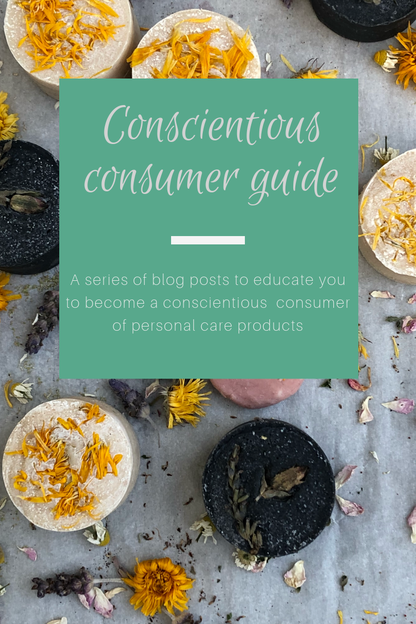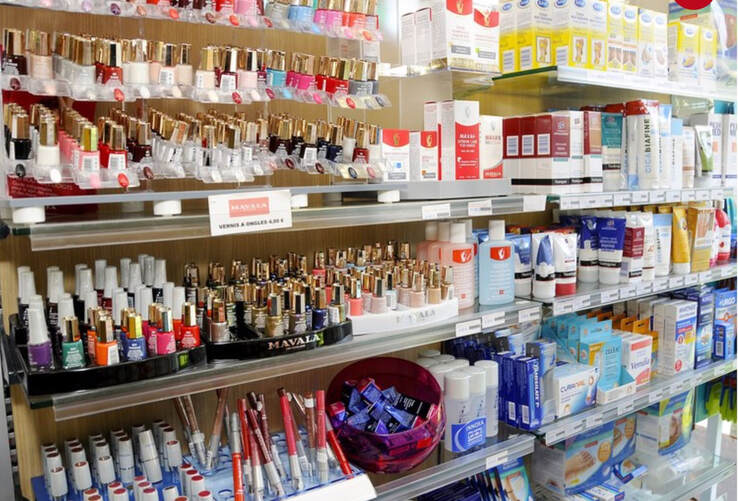The numbersThe global personal care industry is a whopping $500 billion annually. Let's put that in some perspective. I work in the semiconductor industry the size of which is about $412B in 2019. That's basically saying that all the companies that make silicon chips that power servers, cloud storage, computers, phones, tablets, cars, flash drives, cameras and everything else that uses a chip is SMALLER than the personal care industry. The personal care industry is about five times larger than the US automobile industry. Given that a given personal care item sells for not more than $50 (in several cases less than that), that is a LOT of product to make $500,000,000,000 annually - 10 billion or more products consumed annually globally. For reference, the world population was 7.7 billion in April 2019. So that's over one product per individual in the entire world. Lifecycle of a productThe first step to becoming a conscientious consumer is awareness. Let's start with the life cycle of a product - from the moment you buy it to the moment you are finished with it. Although I focus on personal care products, the argument applies to any product. This is the sight in most stores selling personal care products - products come in some sort of packaging (paper or plastic), inside which is the product housed in a plastic bottle in most cases, or a plastic tube, or in rare cases, glass bottles or jars. You buy a product and now starts a series of actions.
1) What do you do with the box in which it came? Or the plastic wrap? 2) You use the product. Where does the product go? For example, when you use a body wash, a lot of product goes down the drain. What happens to the water going into the sewer? According to a 2017 United Nations report, only 20% of sewer water is treated and recycled (the number drops to 5% in countries that are under developed). The remaining 80% is released into the environment. Think about the consequences of this. Or if you use a can of dry shampoo, what happens to the aerosol being released into the air? 3) What impact does the product have on you when you use it? For example, could the product ingredients enter your blood stream? Could they impact your health? There is a growing awareness of ingredients leading to the natural and organic beauty movements. 4) Finally, when the product is used up, what do you do with the container in which it came? Or as is usually the case, if you have multiple products and you can't finish them up before their expiry, or you tire of it for whatever reason, what do you do with the left over product? Think of a lotion pump out of which it's impossible to get every last bit of product. What do you do? 5) What is the impact of buying products that are made a certain way? For example, products containing palm oil are under the spot light because of unsustainable practices leading to massive deforestation. Or consider the Vegan movement - what is the impact of using products like beeswax, milk etc. that come from animals? Also consider the carbon foot print of your product - was it made across the world and transported in an airline? Was it mass produced in a factory using a lot of energy? In follow up posts, let's delve into each one of the above and see how we can slowly make changes to how we buy and consume to have a positive impact.
0 Comments
Leave a Reply. |
|
|
© Saroya Natural 2023 | All rights reserved.
Website designed by Aadi M |
Contact Us |



 RSS Feed
RSS Feed